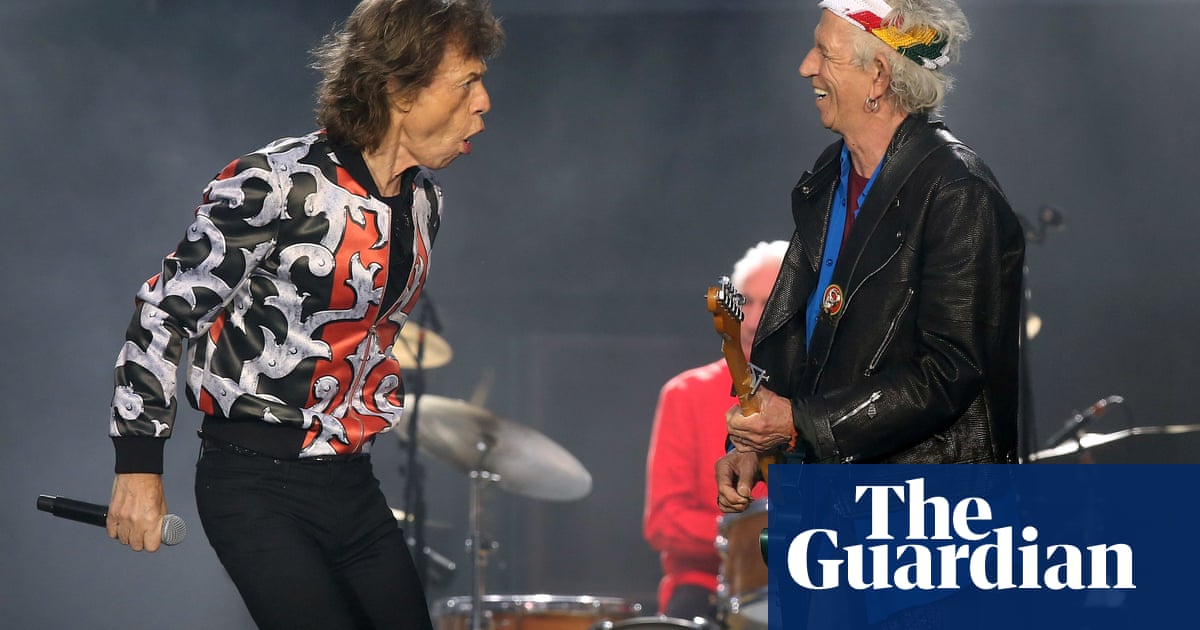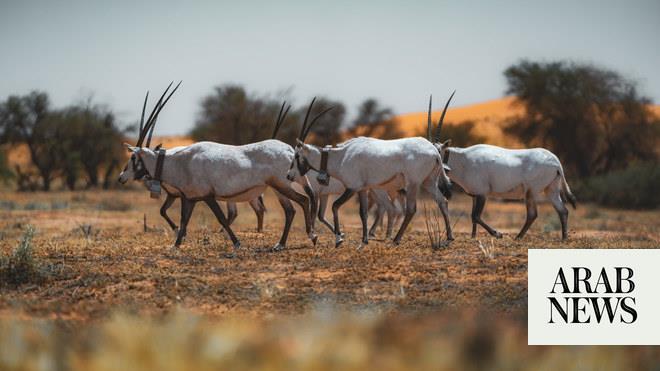
Walking through the streets of Harlem in January, accompanied by partner A$AP Rocky and wearing an open coat to reveal her baby bump covered in jewels, Rihanna didn’t just tell the world she was pregnant.
“She democratised the celebrity pregnancy reveal,” says Karen Hearn, curator of Portraying Pregnancy, a 2020 exhibition at the Foundling Museum in London.
“The innovation was to make the announcement by going out with an obvious baby bump [wearing] clothing that accentuated that, and to be seen by as many people as possible,” adds Hearn, who is also an honorary professor at University College London.
Rihanna’s Instagram post of this event, captioned “how the gang pulled up to black history month”, has been liked over 18m times. Working with stylist Jahleel Weaver, the star has continued to put her bump front and centre on social media feeds and in celebrity coverage. She has worn see-through lace lingerie to a fashion show, an organza gown to Jay-Z’s Oscars party, and boxer shorts and a robe out to dinner. The cover of April’s Vogue, released last week, is arguably the culmination of these looks – with Rihanna and bump starring in a red lace Alaia catsuit, photographed by Annie Leibovitz.
Speaking to the Vogue journalist Chioma Nnadi, Rihanna said that centering the bump was always the plan. “I’m hoping that we were able to redefine what’s considered ‘decent’ for pregnant women,” she said. “My body is doing incredible things right now, and I’m not going to be ashamed of that. This time should feel celebratory. Because why should you be hiding your pregnancy?”
In recent years, there have been many internet-breaking pregnancy “reveals” – Beyoncé and flower crown in 2017, for example, or Nicki Minaj’s bikini and platform heels in 2020. There have been red carpet moments – the much-memed Kim Kardashian in floral dress at the Met Ball in 2012, and singer MIA in polkadots at the Grammys in 2009.
The naked baby bump, meanwhile, has been a trope in fashion since Demi Moore appeared on the cover of Vanity Fair in 1991. But what is different here is what Hearn calls an “accessibility”. Most of these looks are Rihanna’s everyday outfits – they aren’t part of a pre-approved photo shoot or dress-up moment.
“When everyone was freaking out about her showing off her belly I just laughed,” says Sheena Ward, the editor of Rihanna fashion Instagram account, Haus of Rihanna. “This is Rihanna we’re talking about. Always a trendsetter, always a risk-taker, constantly pushing boundaries – of course she’s dressing this way.”
The maternity wear market was worth $21.6b in 2021, and expected to reach $41.3bn by 2031. Inevitably, Rihanna is influencing trends. In March, Pinterest told Input that since she announced her pregnancy, searches for “lace maternity gown” are up 40% and lots of people have searched specifically for “Rihanna maternity style”.
“She is pushing the concept of what a pregnancy wardrobe can include,” says Ashlee Neuman, content director at pregnancy site Thebump.com. “Up until now, crop tops, lowrise jeans and sheer fabrics haven’t been a mainstay of maternity wear.”
If this trend for crop tops had been growing, Rihanna’s endorsement provided the tipping point. Ariane Goldman, the founder of the easy elegant maternity brand Hatch, says they had “a real lift in sales” when Rihanna wore their best-selling $38 Skin to Skin bra this month. “Now it just seems so relevant to have something where you can show your belly,” says Grace Kapin, the co-founder of Storq – a kind of Everlane of maternity wear. “Prior to this season, it just would have been much farther afield for somebody to imagine an everyday human [doing that].”
Of course, most pregnant women don’t have a team creating bespoke outfits for their third trimester and many don’t have a smooth ride. “Not everybody is feeling great, and I don’t think anybody should feel the burden to show their body,” says Kapin. But a lot of Rihanna’s influence is less about clothes specifically, and more a change in mood.
“She is pushing the idea that it’s OK to still enjoy the fashion styles you loved wearing prior to becoming pregnant,” adds Venesa Coger, style and culture specialist for Refinery29’s Unbothered.
Vogue’s Chioma Nnadi argues that Rihanna’s approach to pregnancy has shifted perceptions of black motherhood: “For Black expectant mothers in particular, it stood as an awe-inspiring act of defiance,” she writes. The Cleveland based fashion historian and curator Darnell-Jamal Lisby agrees. He says that thanks to “historical tropes and stereotypes around Black mothers”, society does not see them as “capable of rising to the occasion of mothering”. Lisby also acknowledges that an added pressure comes from the responsibility Black families feel about “psychologically arming their children with protocol that will keep them safe in a world that historically negates Black lives”. Against this backdrop, Rihanna is a symbol of “a certain level of strength that define[s] the extraordinary essence of Black women”.
Hiding in plain sight
That Rihanna’s pregnancy style has inspired such analysis speaks to the complicated history of pregnancy and style in the west.
Women have hidden their pregnancy for centuries – first behind closed doors in confinement, and more recently in concealing clothing to hide a “condition” which was seen as embarrassing.
Lucille Ball was the first celebrity to show her bump on TV in 1952; Jackie Kennedy wore empire-line tailoring for her public pregnancies; flowing dresses worked for more bohemian 60s types such as Yoko Ono and Jane Birkin. The 1980s saw Princess Diana and Fergie in strangely infantalising tent-like dresses but the decade also delivered a standout pregnancy fashion moment: singer Neneh Cherry on the British TV show Top of the Pops in 1988, seven months pregnant, and in a bodycon skirt, bustier and bomber jacket.
Yet pregnant women have been almost completely absent in fashion until recent years. New York’s Collina Strada, which has always had inclusive casting, has used pregnant models on the catwalk, as have labels including Eckhaus Latta and Nensi Dojaka. Model Slick Woods was nine months pregnant when she walked at Rihanna’s Savage Fenty show in 2018.
Designer Dimitras Petsa featured multiple pregnant models in her fall collection, and she custom-made her stretchy “wet” dresses for Gigi Hadid and Nicki Minaj while they were pregnant. She says any controversy over exposing pregnant bodies is part of a wider problem: “A lot of fashion is unfortunately centred around making you look skinnier … and having a completely flat belly. Being pregnant is the complete antithesis of that.” Rihanna’s pregnancy style, she argues, is another chapter in the star’s promotion of body positivity. “If you look at her style before she was even pregnant, like you can see that her body actually has fluctuated a lot over the years,” says Petsa. “She has never tried to go against that … I really love that about her.”
Of course, the other sector relevant here is children’s wear – with the global market estimated at $202.7b in 2022. When Rihanna and A$AP Rocky’s baby is born, what they wear will be highly anticipated. “I know that baby will probably be one of the best dressed babies of this century,” says Lisby. “I would be shocked if it was anything less than red carpet-ready Instagram posts.”
Is a Fenty Baby line only a matter of time? “I can definitely see that happening in the future,” says Haus of Rihanna’s Ward. “You can tell Rihanna really loves kids. I could see her getting inspiration from dressing her own child to create a baby line and further expand her empire.”












